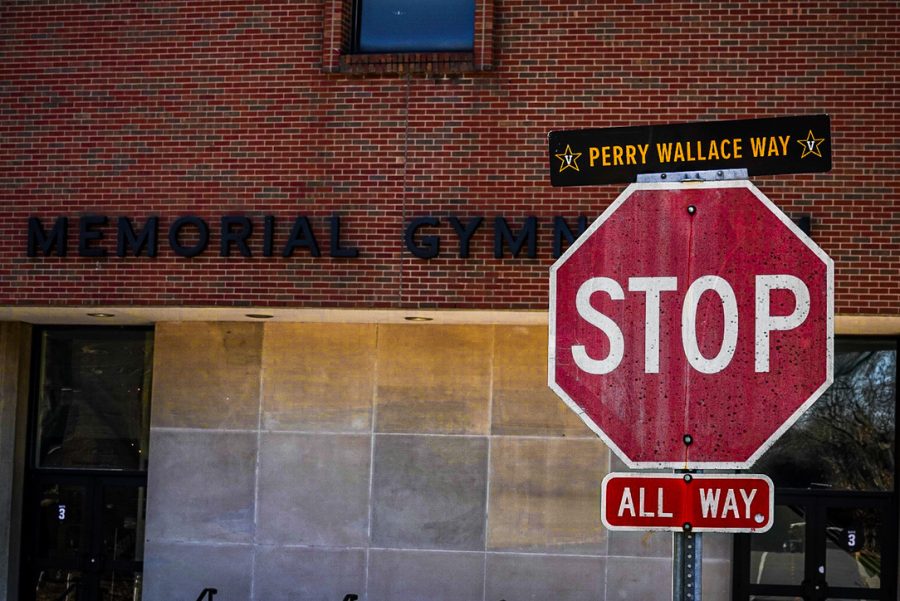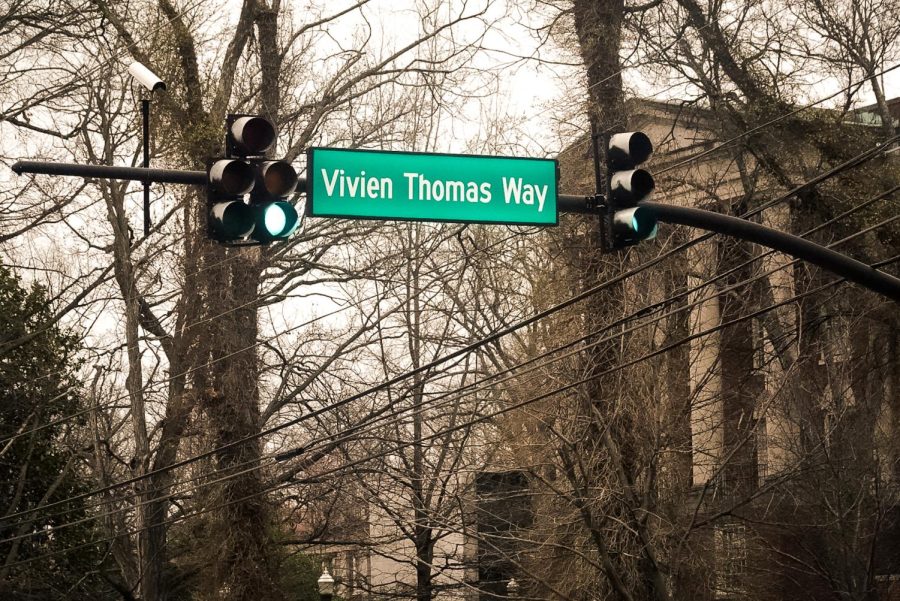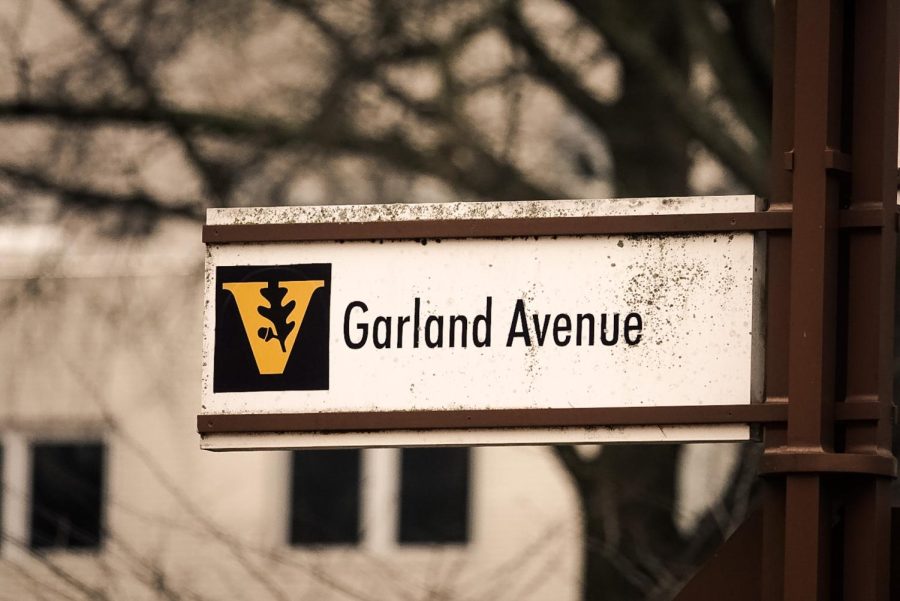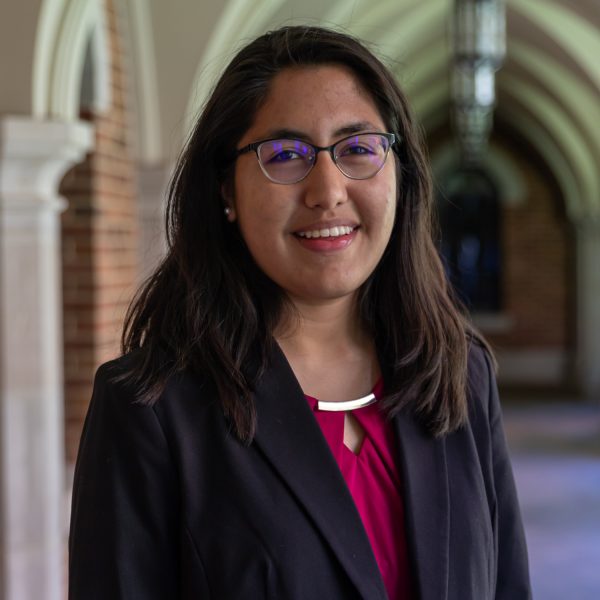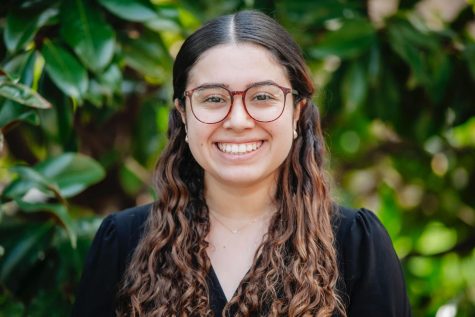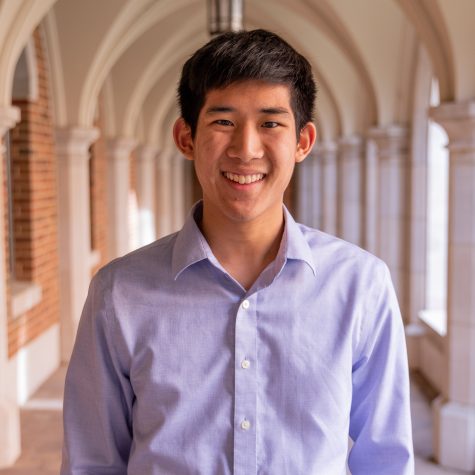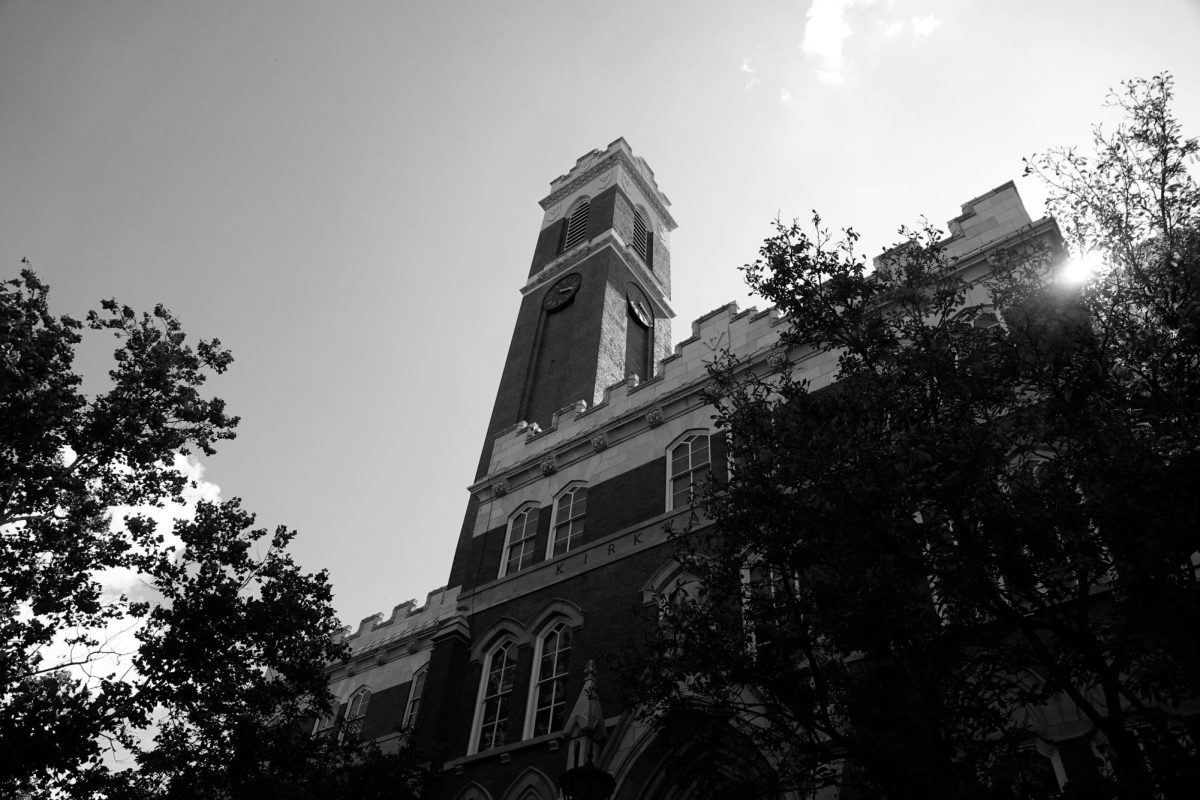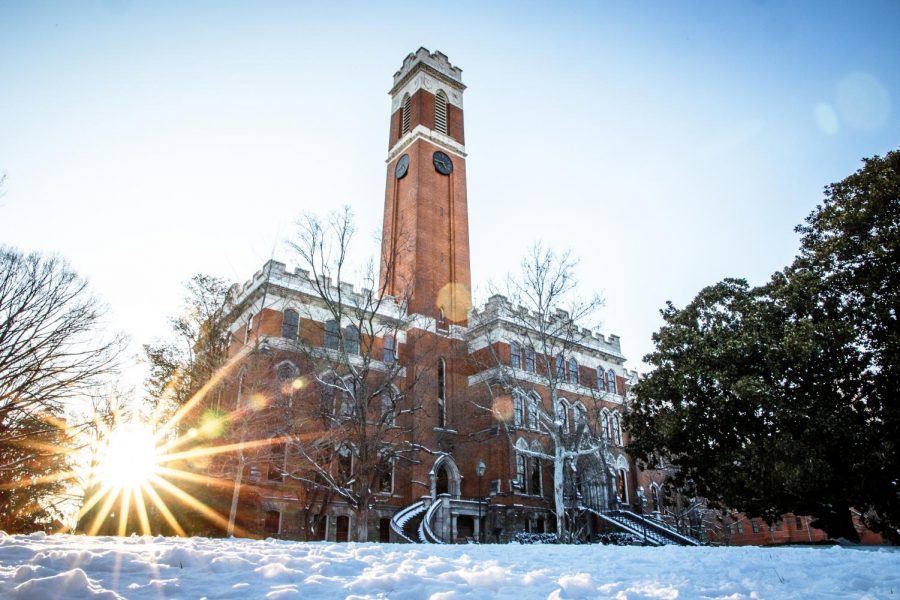What’s in a name? For the streets of Vanderbilt: a lot. Walk through history to explore the meaning behind the streets across and around campus that we wander — or sprint to class on — every day.
Granted, for some, we didn’t have to travel very far into the historical context. Vanderbilt’s beloved West End Avenue is named for — you guessed it — being on the western side of Nashville.
Similarly, Magnolia Circle acknowledges the many magnolia trees, known as “trees of the South,” in and around Middle Tennessee. The Davidson County Horticultural Society launched a public campaign to promote magnolia planting in 1934, as they had been in decline in the early 20th century. After 34 magnolia trees were added to the William R. Snodgrass Tennessee Tower’s plaza in 1969, many renewal magnolia planting projects arose throughout Nashville including in the Vanderbilt and Hillsboro areas.
Science and athletics
Who said brain and brawn can’t coexist? Dudley Avenue’s namesake William Lofland Dudley was a jack of all trades, serving as Dean of Vanderbilt University Medical Center, chemistry professor, and “father of Southern football.” His scientific accomplishments include identifying carbon monoxide as an injurious agent in tobacco smoke, being one of the first to publish research on the physiological effects of X-rays, and developing a method of iridium refinement. He was also the one to introduce organic chemistry courses into the Vanderbilt curriculum! How dare he.
Dudley founded the Southern Intercollegiate Athletic Association (SIAA) in 1894, later becoming the Southeastern Conference (SEC). Additionally, he served on the executive and football rules committees of the NCAA — truly a multifaceted man.
Jess Neely Drive is named after another sports icon: the baseball and football legend who helped Vanderbilt secure the 1921 SIAA baseball championship and captained Vanderbilt’s undefeated 1922 football team. A Tennessee native, Jess Neely graduated from Vanderbilt with a law degree in 1924 and served as Vanderbilt’s athletic director from 1967 to 1971, playing a major role in the improvement of the university’s football facilities.
Stevenson Center Lane hosts another beacon of science on campus. Eldon B. Stevenson Jr. served as a member of Vanderbilt’s Board of Trust from 1938 to 1968. Donations from Stevenson enabled the construction of the Stevenson Center, with the Science and Engineering Library being named after his wife, Sarah Shannon Stevenson.
Perry Wallace Way honors Vanderbilt basketball player Perry Wallace, who was the first African American varsity athlete to receive an athletic scholarship in the SEC. Prior to his death in 2017, Wallace worked as a law professor at the American University Washington College of Law.
VUMC renamed Dixie Place to Vivien Thomas Way on April 5, 2021. The road honors Vivien Thomas, an African American lab technician who, in 1944, pioneered the surgical technique that would go on to save millions of so-called “Blue Babies,” or infants born with a severe lack of oxygen in their blood.
The Vanderbilts
It wouldn’t be Vanderbilt if we didn’t have some roads named after the famous family itself. In addition to the well-known Vanderbilt Place, there is another road you might not realize is also named for Vanderbilt: Morgan Circle.
At 18 years old, Gloria Morgan married 42-year-old Reginald Claypoole Vanderbilt. Reginald Vanderbilt died merely two years later, leaving Gloria Morgan Vanderbilt with part of the Vanderbilt railroad fortune. Located on Highland outside of Morgan House, Morgan Circle recognizes Gloria Morgan Vanderbilt, mother to Gloria Vanderbilt — and grandmother to CNN anchor Anderson Cooper.
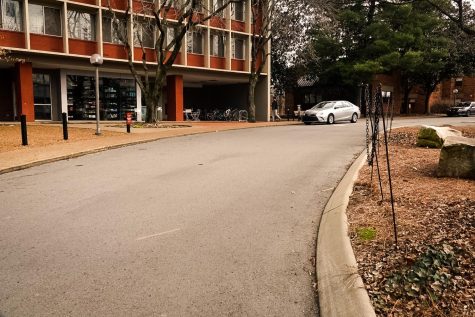
Ode to the chancellors
Streets dedicated to Vanderbilt’s former chancellors include Garland Avenue and Kirkland Place. Landon Cabell Garland served as Vanderbilt’s first chancellor from 1875 to 1893 and was notably the grand-nephew of President James Madison. Prior to the Civil War, Garland reportedly owned as many as 60 slaves; after the war, however, he became an opponent of slavery. His remains lay at the Vanderbilt Divinity Cemetery.
Following Garland’s resignation, the university appointed James Hampton Kirkland as his successor. He, along with his wife Mary Henderson Kirkland, are the namesakes of Kirkland Place. James Kirkland served as chancellor for 44 years before retiring in 1937.
Next time you’re walking around, take a look at the name of the street you’re on. Who knows who may have walked the very same path decades before you?

